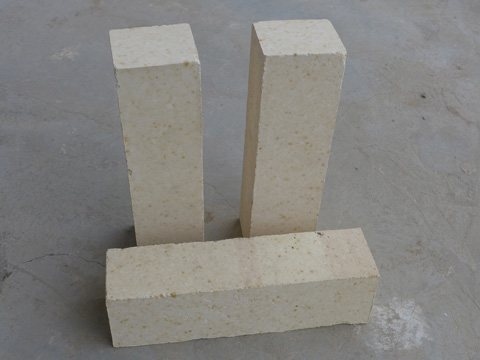
Refractory bricks are commonly used to line the walls and floors of stoves. The fact that they are so good at resisting heat makes them a natural choice for this type of application. One question that you may have, however, is whether or not refractory bricks retain heat when used inside a stove. As it turns out, they do. The key is to use the right bricks.
There are many different types of refractory bricks for sale. Some do a better job of retaining heat than others. Typically, the denser and heavier a brick is, the better job it will do of retaining heat. It makes sense, then, that hard fire bricks are more effective at retaining heat than soft fire bricks, simply because they are a lot denser.
Soft fire bricks are full of holes. Although this makes them great insulators, it interferes with their ability to retain heat. They cool down quickly after the heat source is removed.
Hard fire bricks, on the other hand, are quite a bit different. They have a dense structure that is unlike the loose, airy structure of soft fire bricks. They are also a lot heavier. As a result, they are far more effective at retaining heat. After the heat source is removed, the bricks have a tendency to stay warm for quite a while before cooling down.
This is quite beneficial for certain applications. For instance, in the case of a stove, the bricks will continue to give off warmth long after the source of the heat has been turned off or removed. This heat is radiated back into the room, helping to keep the space warmer longer.
These types of bricks are commonly used in everything from small woodstoves that you can find in residential properties all the way up to much larger stoves that are used in commercial spaces. Regardless of the size of the stove, the basic concept is the same.
Fire bricks do more than just retain heat when they are used inside of stoves, as well. They act as an insulator, helping to protect the body of the stove from the heat inside. This can help extend the overall life of the stove.
They also help the fire inside the stove burn hotter, resulting in less smoke and more heat. From an environmental standpoint, that is good news since it helps reduce pollution. It also makes it easier to keep the space around the stove warm.
Stoves that have fire bricks or refractory materials inside take a little bit longer to begin radiating heat out into the room. Once they do, however, they do an excellent job of heating up the space. Additionally, because the bricks retain heat longer, the heat from the stove lasts long after the fire has burned out.
If your ultimate goal is to have your stove retain more heat, using refractory bricks is a good option. Just make sure to look for dense bricks rather than opting for lighter, more porous refractory materials since heavier bricks do a better job of holding onto heat.

